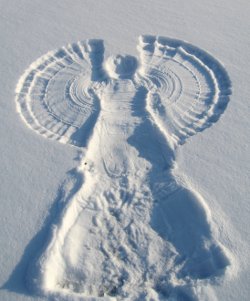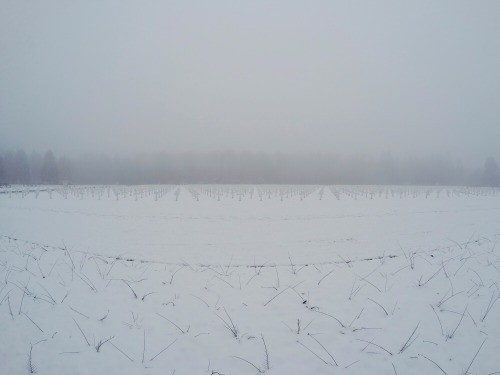
In honor
of Ravencon that I will be at later today and rest of the weekend, I will blog
about myths and legends of the raven.
Because of its black plumage, croaking call, and diet
of carrion, ravens has long been considered birds of ill omen and of interest
to creators of myths and legends.
The raven is the national bird of Bhutan, and it
adorns the royal hat, representing the deity Gonpo Jarodonchen (Mahakala with a
Raven's head; one of the important guardian deities of Bhutanese culture.). As a carrion bird, ravens became associated
with the dead and with lost souls. In Sweden they are known as the ghosts
of murdered persons.
Ravens were also associated with the Welsh god Bran the Blessed (the brother of Branwen), whose name translates to "raven." According to the Mabinogion, Bran's head was buried in the White Hill of London as a talisman against invasion. The name of the god, Lugh, is also derived from a Celtic word for "raven." He is the god of the sun, and the creator of the arts and sciences. He is depicted as giant and the King of the Britons in tale known as the Second Branch of the Mabinogi. Several other characters in Welsh mythology share his name, and ravens figure prominently in the 12th or 13th century text The Dream of Rhonabwy, as the army of King Arthur's knight Owain.
According to legend, the Kingdom of England will fall if the ravens of the Tower of London are removed. It had been thought that there have been at least six ravens in residence at the tower for centuries. It was said that Charles II ordered their removal following complaints from John Flamsteed, the Royal Astronomer. However, they were not removed because Charles was then told of the legend. Charles, following the time of the English Civil War, superstition or not, was not prepared to take the chance, and instead had the observatory moved to Greenwich.
The earliest known reference to a Tower raven is a picture in the newspaper The Pictorial World in 1883.[ This and scattered subsequent references, both literary and visual, which appear in the late nineteenth to early twentieth century, place them near the monument commemorating those beheaded at the tower, popularly known as the “scaffold.” This strongly suggests that the ravens, which are notorious for gathering at gallows, were originally used to dramatize tales of imprisonment and execution at the tower told to tourists by the Yeomen Warders. There is evidence that the original ravens were donated to the tower by the Earls of Dunraven perhaps because of their association with the Celtic raven-god Bran. However wild ravens, which were once abundant in London and often seen around meat markets (such as nearby Eastcheap) feasting for scraps, could have roosted at the Tower in earlier times.
During the Second World War, most of the Tower's ravens perished through shock during bombing raids, leaving only a mated pair named "Mabel" and "Grip." Shortly before the Tower reopened to the public, Mabel flew away, leaving Grip despondent. A couple of weeks later, Grip also flew away, probably in search of his mate. The incident was reported in several newspapers, and some of the stories contained the first references in print to the legend that the British Empire would fall if the ravens left the tower. Since the Empire was dismantled shortly afterward, those who are superstitious might interpret events as a confirmation of the legend. Before the tower reopened to the public on 1 January 1946, care was taken to ensure that a new set of ravens was in place.
To the Germanic peoples, Odin was often associated with ravens. Examples include depictions of figures often identified as Odin appear flanked with two birds on a 6th century bracteate and on a 7th century helmet plate from Vendel, Sweden. In later Norse mythology, Odin is depicted as having two ravens Huginn and Muninn serving as his eyes and ears – Huginn being referred to as thought and Muninn as memory. Each day the ravens fly out from Hliðskjálf and bring Odin news from Midgard.
The Old English word for a raven was hræfn; in Old Norse it was hrafn; the word was frequently used in combinations as a kenning for bloodshed and battle.
The raven also has a prominent role in the mythologies of the Indigenous peoples of the Pacific Northwest Coast, including the Tsimishian, Haida, Heiltsuk, Tlingit, Kwakwaka'wakw, Coast Salish, Koyukons, and Inuit. The raven in these indigenous peoples' mythology is the Creator of the world, but it is also considered a trickster god.[ For instance, in Tlingit culture, there are two different raven characters which can be identified, although they are not always clearly differentiated. One is the creator raven, responsible for bringing the world into being and who is sometimes considered to be the individual who brought light to the darkness. The other is the childish raven, always selfish, sly, conniving, and hungry. When the Great Spirit created all things he kept them separate and stored in cedar boxes. The Great Spirit gifted these boxes to the animals who existed before humans. When the animals opened the boxes all the things that comprise the world came into being. The boxes held such things as mountains, fire, water, wind and seeds for all the plants. One such box, which was given to Seagull, contained all the light of the world. Seagull coveted his box and refused to open it, clutching it under his wing. All the people asked Raven to persuade Seagull to open it and release the light. Despite begging, demanding, flattering and trying to trick him into opening the box, Seagull still refused. Finally Raven became angry and frustrated, and stuck a thorn in Seagull's foot. Raven pushed the thorn in deeper until the pain caused Seagull to drop the box. Then out of the box came the sun, moon and stars that brought light to the world and allowed the first day to begin.
In the Talmud, the raven is described as having been only one of three beings on Noah's Ark that copulated during the flood and so was punished. The Rabbis believed that the male raven was forced to ejaculate his seed into the female raven's mouth as a means of reproduction. Interestingly according to the Icelandic Landnámabók – a story similar to Noah and the Ark, Hrafna-Flóki Vilgerðarson used ravens to guide his ship from the Faroe Islands to Iceland.











